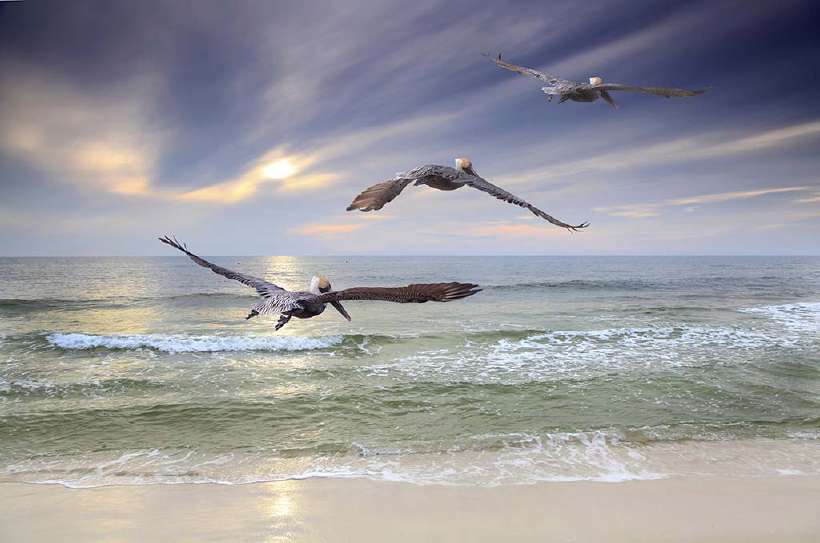Pelican Trouble
Home / Science for Kids / Planet Earth for Kids / Pelican Trouble
Many people living in Andhra Pradesh may have escaped the wrath of the cyclone that ravaged the state last month, but the migratory pelicans, in a small costal village in northern Andhra, weren’t quite as fortunate.
![Pelican Trouble [Illustration by Shiju George]](/media/earth-97_1_hu9afb7cd063d17812936d91bc7d250201_23917_820x0_resize_q60_box.gif)
The storms’ heavy winds and rains didn’t cause as much material damage as was expected, however it proved disastrous for the pelicans as small chicks were blown out of their nests.
About 75 fledglings are believed to have perished in the storm and forest department officials were able to rescue only 22 baby pelicans. Environmentalists estimate that about 75 to 100 migratory pelicans from Siberia were nesting in the village (Telikunchi).
Every year, during the bitter winter season, hundreds of migratory birds, such as painted storks and pelicans, leave icy Siberia and head towards Andhra Pradesh to lay their eggs.
Pelicans are classified under the order Pelecaniformes. The large seabirds, albatrosses, also belong to this order. Albatrosses are nomadic birds that spend months wandering great distances over the oceans. They sleep while floating on the ocean surface, drink seawater, and feed on small marine animals; and return to land only to breed!

Albatrosses are quite fearless and often follow a ship for days, swooping down to gobble up any tidbit thrown from the ship. There is a prevalent superstition, among the sailing folk, that killing an albatross brings bad luck.
The wandering albatross found throughout the southern hemisphere, is one of the largest flying birds in the world. It has a wingspan of 3.4 metres and weighs about 13.5 kg.
The white pelican of Canada, is relatively smaller, but is still considered one of the larger birds since it has a wingspan of 2.7 metres. Pelicans eat small fish and shrimp and while some species dive into water (like kingfishers) others float on water and snatch up fishes swimming in shallow waters.
Pelicans have short legs, a long flattened bill, and a distinctive flap of skin below the bill, (near the throat) which is used to capture and store fish. They then bring out the food later, either for their own meal or to feed their chicks.
Although pelicans appear large and ungainly, they are actually strong fliers and some species (like the kind that visit India from Siberia) undertake long migratory flights, staying the winter in coastal areas and heading back home during the summer months.
406 words |
4 minutes
Readability:
Grade 9 (14-15 year old children)
Based on Flesch–Kincaid readability scores
Filed under: planet earth
Tags: #birds, #winter, #migratory, #andhra pradesh, #siberia, #chicks, #albatrosses, #wingspan
You may also be interested in these:
The Boy with a Catapult
Where Do Penguins Live?
The Lake and the Birds
The Nest
Why are Eggs Oval?